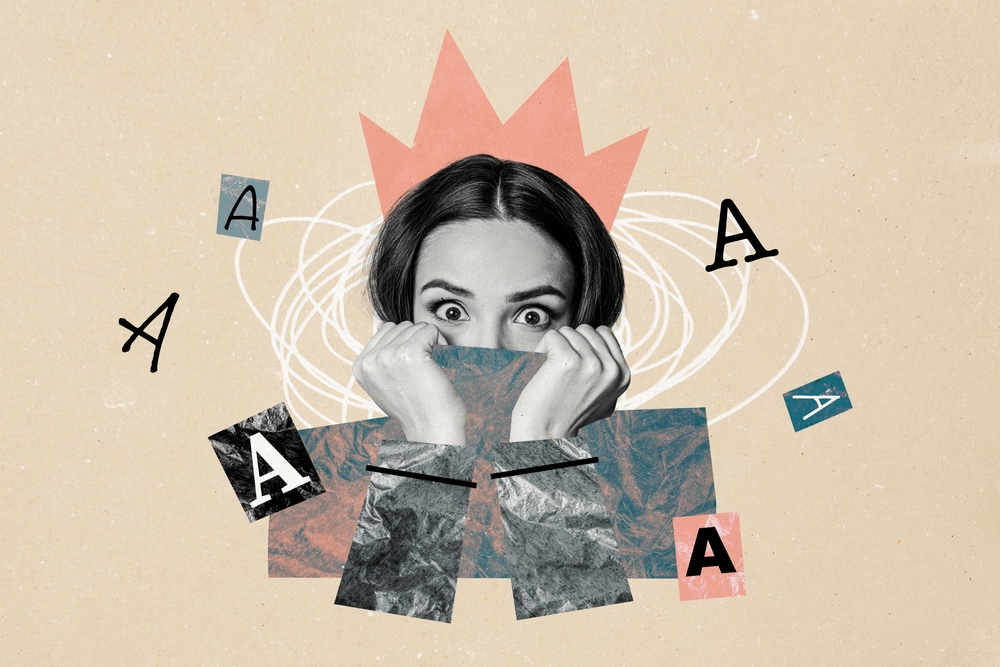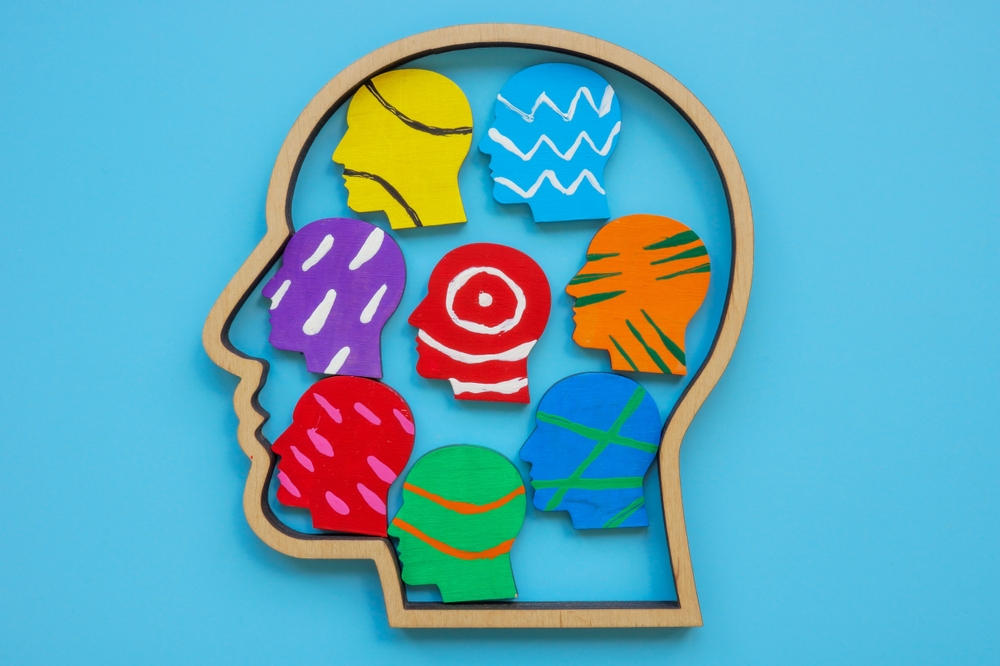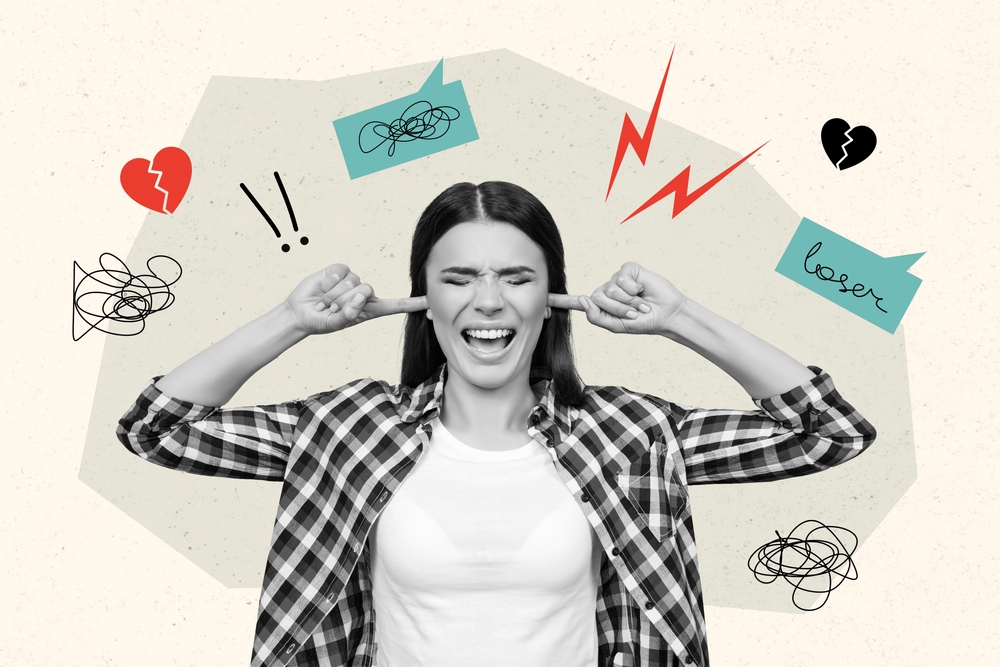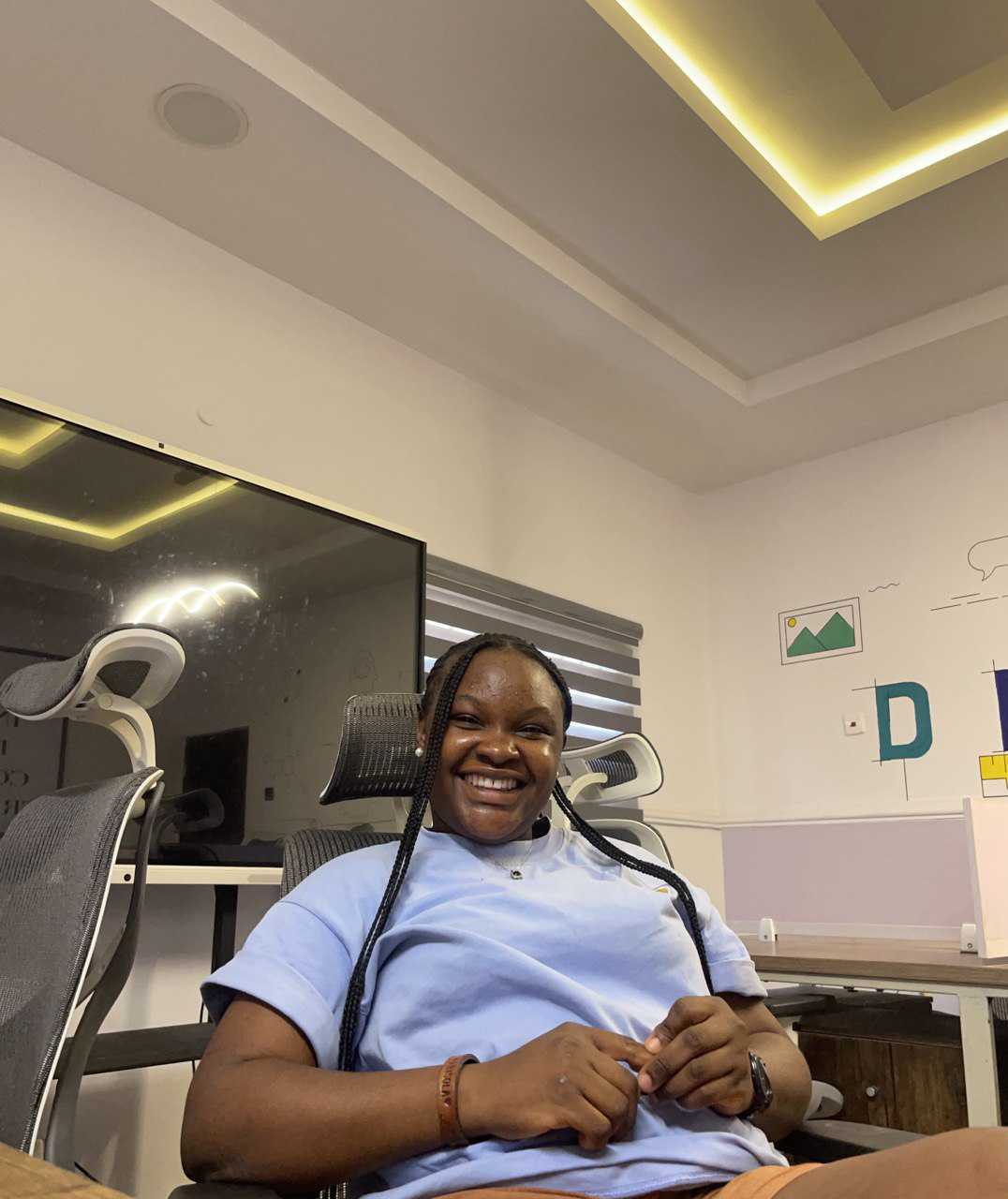You’d think peace would be the goal—but for some, it feels more threatening than chaos. They say they want calm, safety, and love, but when they finally get it, they sabotage it. Why? Because their nervous systems were wired for something else.
Here are 13 unexpected, psychologically insightful reasons some people unconsciously feel more at home in dysfunction than in emotional safety.
1. Calm Feels Like The Silence Before The Storm

For people raised in volatile households, calm was never safe—it was what came *before* the blow-up. A quiet room meant someone was holding back rage or disappointment. Peace became synonymous with dread as Psychology Today outlines.
So when things are finally stable, they feel unnerved instead of soothed. Their bodies brace for impact. Stillness doesn’t feel relaxing—it feels dangerous.
2. They Equate Chaos With Connection

If they only got attention through drama or crisis, they learned that love comes with instability. High-stress emotional rollercoasters start to feel like intimacy. They associate connection with volatility.
So calm relationships feel cold or disconnected. They miss the adrenaline of dysfunction because it’s what made them feel “seen.” Predictability feels like abandonment.
3. Their Nervous System Is Addicted To Adrenaline

Chronic stress in childhood or past relationships creates a baseline of internal chaos as these studies in PubMed Central highlight. The body gets used to cortisol and adrenaline. Calm isn’t just unfamiliar—it’s chemically uncomfortable.
They feel restless in peace, even if nothing’s wrong. It’s not a character flaw—it’s neurobiology trying to return to its warped version of “normal.”
4. Peace Triggers Grief They’ve Been Avoiding

When chaos stops, the distractions disappear—and suddenly, they’re alone with themselves. Stillness gives space for old wounds, grief, or shame to surface. That’s terrifying for someone who’s spent years outrunning their pain.
Dysfunction, ironically, keeps them too busy to feel. When things are calm, the emotional floodgates open—and they’re not ready for what’s behind them.
5. They Mistake Predictability For Control And Control For Danger

Some people learned that when others had control, it meant exploitation. So when life feels organized or someone tries to create structure, they instinctively rebel as Pysch Central highlights. To them, order feels like domination.
They equate calm with rigidity, and freedom with messiness. But what they’re really reacting to is trauma, not truth.
6. They’ve Confused Peace With Boredom

In a life built around emotional survival, chaos becomes stimulating. They might mistake safety for dullness. Calm relationships or environments feel flat or unstimulating—not because they are, but because they don’t spike adrenaline.
This is why healthy love can feel “meh” to someone used to turbulence. It’s not that peace is boring. It’s that they’re unaccustomed to serenity.
7. They Don’t Trust It To Last

According to The Gottman Institute, people who’ve experienced relational trauma often have trouble trusting safety when it shows up. They’re constantly waiting for the other shoe to drop. Calm feels like a trap.
Instead of enjoying it, they scan for signs it’s about to collapse. And that hypervigilance becomes a self-fulfilling prophecy—they sabotage before they can be let down.
8. They Need Chaos To Justify Their Emotional Reactions

When you’ve been taught that strong emotions are only “allowed” during crisis, calm feels like you have no permission to feel. Dysfunction offers a rationale to explode, cry, spiral. Peace feels like emotional invalidation.
They crave the chaos because it gives them cover to be messy. In stillness, they feel silenced.
9. Their Self-Worth Is Tied To Fixing Problems

If their identity was built around managing other people’s emotions, then dysfunction is their comfort zone. They feel valuable when things are broken—because that’s when they know who they are. Calm strips them of their role.
Without drama to fix, they feel useless. They need chaos to feel needed—and that makes peace threatening.
10. Calm Feels Like Vulnerability

Dysfunction keeps everyone distracted. But calm? That’s when emotional intimacy has a chance to surface. And that level of openness can feel unbearable for someone who’s been hurt.
They may push it away to avoid being truly seen. Because if someone sees their soft underbelly—and rejects it—that’s a risk they’d rather not take.
11. They’ve Normalized Drama As Proof Of Passion

Pop culture, toxic relationships, and trauma conditioning can teach people that yelling, crying, and chaos = love. If it’s too easy, they assume it’s fake. If it’s calm, they assume no one cares enough to fight.
So they stir the pot to feel something. Because in their experience, intensity meant affection—even if it hurt.
12. They Need Dysfunction To Avoid Reality

When all the noise dies down, they’re left with their own unmet dreams, unfinished healing, and inner doubts. Chaos keeps them externally focused—on other people’s drama, on fixing problems, on putting out fires.
Stillness forces introspection. And for many, that’s scarier than any argument or breakdown. Because it requires honesty. And change.
13. Dysfunction Feels Like Home

Ultimately, many people return to what they *know*, not what’s *good*. Dysfunction is familiar. It’s the rhythm their nervous system memorized. Peace, on the other hand, is foreign—and foreign feels unsafe.
They’re not broken. They’re conditioned. And recognizing that is the first step to choosing differently.

Abisola is a communication specialist with a background in language studies and project management. She believes in the power of words to effectively connect with her audience and address their needs. With her strong foundation in both language and project management, she crafts messages that are not only clear and engaging but also aligned with strategic goals. Whether through content creation, storytelling, or communication planning, Abisola uses her expertise to ensure that her messages resonate and deliver lasting value to her audience.


